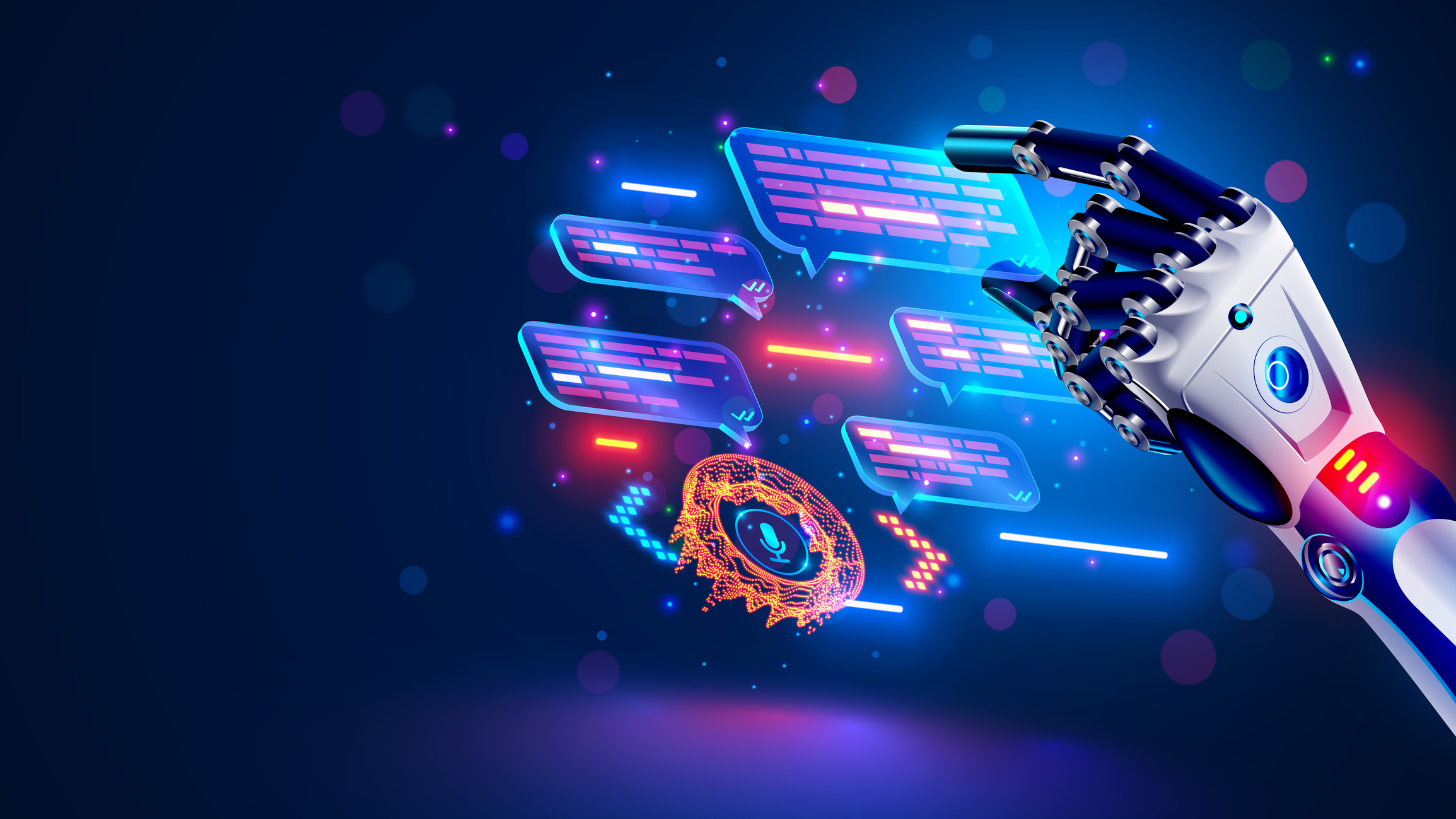Executive Summary
Did you know that 80% of customer inquiries can be automated with AI, saving companies millions annually?
In today’s competitive landscape, customer service isn’t about following trends—it’s about delivering quantifiable outcomes. This white paper explores how Artificial Intelligence (AI) and Machine Learning (ML) can revolutionize service delivery by enhancing efficiency, improving customer satisfaction, and driving business growth. By focusing on tangible outcomes, organizations can unlock the true potential of AI-driven solutions.
1. Outcomes over Buzzwords
The value of technology lies in delivering measurable results—not just sounding innovative. Success is now defined by achieving strategic goals through focused objectives and Key Performance Indicators (KPIs) that track impact. By adopting this outcome-driven mindset, businesses ensure their investments in AI and ML deliver real value and meaningful change.
2. Challenges in Care Services
Customer service teams face persistent challenges that impact performance and satisfaction:
- Unpredictable Inquiries: For example, during a major product recall in 2023, a leading consumer electronics company experienced an 115% surge in customer inquiries, overwhelming their support teams and significantly increasing response times.
- Inefficient Resolutions: A 2024 survey revealed that 74% of U.S. consumers had a bad customer service experience with a product or service, an 8% increase over 2021, indicating ongoing inefficiencies in issue resolution.
- Inconsistent Messaging: A survey by HubSpot revealed that 72% of customers expect consistent communication across channels, yet many organizations struggle to deliver, leading to confusion and eroded trust.
These incidents underscore the critical need for innovative solutions to address these challenges effectively.
3. Implementing RAG: A Modern Technique for Strategic Excellence
To address these challenges, organizations should adopt Retrieval-Augmented Generation (RAG)—a powerful AI-driven approach that enhances the precision and efficiency of customer interactions.
The RAG implementation process is meticulous and involves several key stages:
- Step 1: Content Preparation and Metadata Encoding: Transform domain-specific knowledge into standardized, manageable chunks, and store them in a vector database for rapid retrieval.
- Step 2: Search Optimization: Use advanced algorithms to refine and rank search results, aligning them with user intent.
- Step 3: Response Generation: Combine RAG with Large Language Models (LLMs) to generate detailed, context-aware responses.
- Step 4: Continuous Improvement: Use analytics to extract actionable insights from customer interactions, enabling ongoing refinements.
By streamlining customer service with RAG, organizations can ensure 80% faster case resolutions and notably improve the accuracy of responses.
4. Business Outcomes Achieved
Adopting AI-driven solutions such as RAG delivers measurable, impactful benefits. Industry research highlights the following outcomes:
- Enhanced Customer Experience:
- Automate up to 80% of routine inquiries, reducing wait times and improving customer satisfaction by up to 25% (McKinsey).
- Ensure 24/7 availability, boosting customer retention by 10-15% (Gartner).
- Improved Operational Efficiency:
- Reduce operational costs by 20-30% through automation of repetitive tasks (McKinsey).
- Increase decision-making efficiency by 25% using actionable data insights (Gartner).
- Increased Revenue and Business Growth:
- Boost sales by 10-15% with AI-driven upselling and cross-selling recommendations (McKinsey).
- Improve lead conversion rates by 20% through real-time customer engagement (Gartner).
Conclusion
To stay competitive in today’s fast-paced market, adopting advanced AI solutions such as RAG is no longer optional—it’s essential. Start transforming your Care Services today and unlock quantifiable business outcomes.


